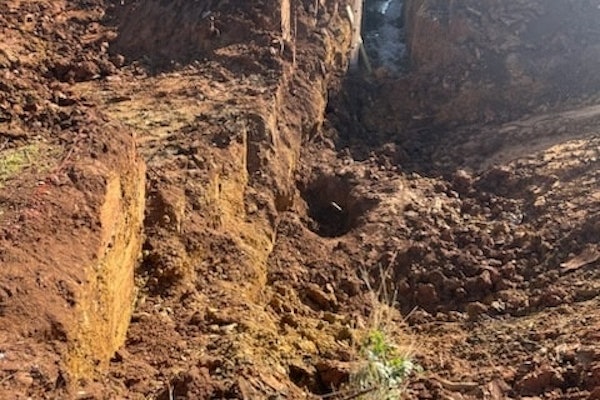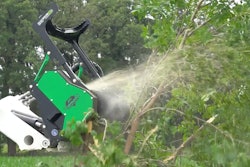Ultra low sulfur diesel – frequently asked questions
It’s here for on road, it’s coming for off road. Are you prepared?
Ultra low sulfur diesel is being phased in for all on-highway trucks and construction equipment, and by this time next year you won’t be able to buy anything but ULSD. Defined as diesel fuel having no more than 15 ppm sulfur (down from 3,000 ppm just a few years ago), ULSD should pose few if any problems for truck and equipment fleet owners. Still, ULSD will require some minor changes to your maintenance routines and some attention to which fuel you are using. Here are some answers to questions contractors are asking.
Why is this change being made?
The sulfur is being taken out of diesel fuel for two reasons. It interferes with the operation of the new exhaust emissions devices put on 2007 and later year model truck engines; and sulfur combines with oxygen in the combustion process to from a component of air pollution.
When do the new rules take effect?
In California ULSD is the only diesel fuel you can buy today. In the rest of the country the EPA is giving small refiners a chance to transition to ULSD. So there is still some high sulfur diesel on the market, both on and off road. But by mid to late 2010 all on- and off-road diesel fuel (with the exception of marine and locomotive fuels) must be ULSD.
How can I tell if I’m getting ULSD or high sulfur diesel?
Federal regulations require that all diesel sold have a label on the pump or truck that indicates the sulfur content. You can see examples of the labels throughout this article.
Are there any functional differences between ULSD and low sulfur fuel?
Yes. Sulfur combines with other elements in the fuel to form lubricating compounds that protect your engine and fuel injectors from corrosion and wear. To counteract this loss of lubricity, refiners are supposed to add lubricity agents to the fuel. Fuel containing these additives should meet a new standard – ASTM D975 – for both on and off road. To guard against potential problems, request a certificate of analysis from your supplier to insure that the lubricity was measured and meets the ASTM D975 spec.
The refining process used to create ULSD also reduces the aromatics in the fuel, resulting in about a one-percent drop in the energy content of the fuel. While the EPA claims users won’t even notice this loss, if you’re fueling a machine that pushes $100,000 worth of dirt, coal or aggregate in a year, a one-percent loss in efficiency costs you $1,000 – something to account for if you work with production machines or high volume trucks.
Will using non ULSD in my vehicles or equipment cause problems?
Limited emergency use of high sulfur fuel in the new engines won’t cause a catastrophe. But frequent use of high sulfur fuels in 2007 and later on-highway truck engines will compromise exhaust after treatment devices such as diesel particulate filters and diesel oxidation catalysts leading to expensive repairs and possible engine problems. If your off-road equipment is retrofitted with DOCs or DPFs the same problems may occur.
Will putting ULSD in older trucks or equipment cause problems?
No. ULSD is backwards compatible with older trucks and equipment.
Will additives such as kerosene for cold weather starts effect the performance of ULSD?
You can use kerosene and other additives in ULSD as long as those additives contain no more than 15 ppm sulfur.
Should I be doing anything different once I start using ULSD?
ULSD may loosen deposits in fuel tanks and storage. So be on the lookout for plugged fuel filters or fuel system leaks for the first few tankfuls. To prevent problems, drain and clean your storage tanks before switching to ULSD.
Also you’ll also need to use a low-ash lubricating oil in 2007 and later model year engines equipped with a DPF or DOC. The new oils carry the CJ-4 designation from the American Petroleum Institute. With the CJ-4 you should not have to change service intervals.









